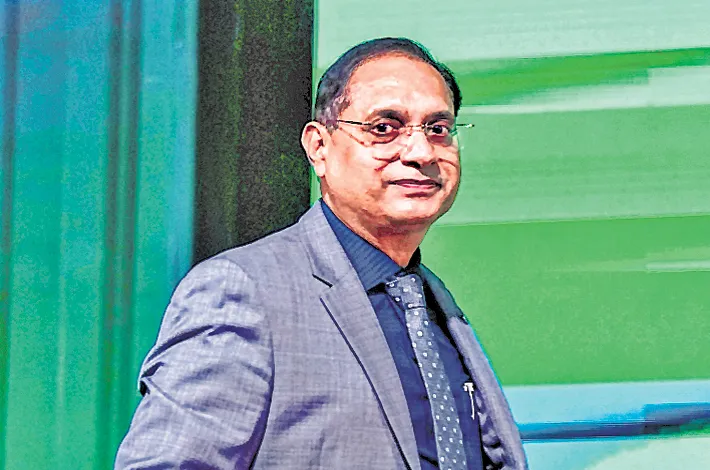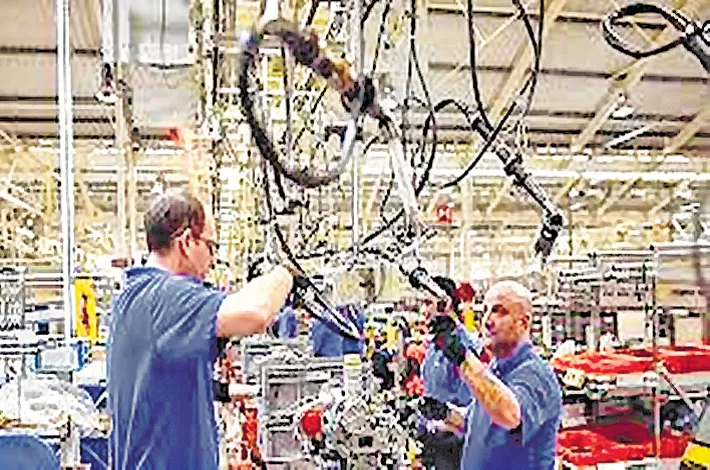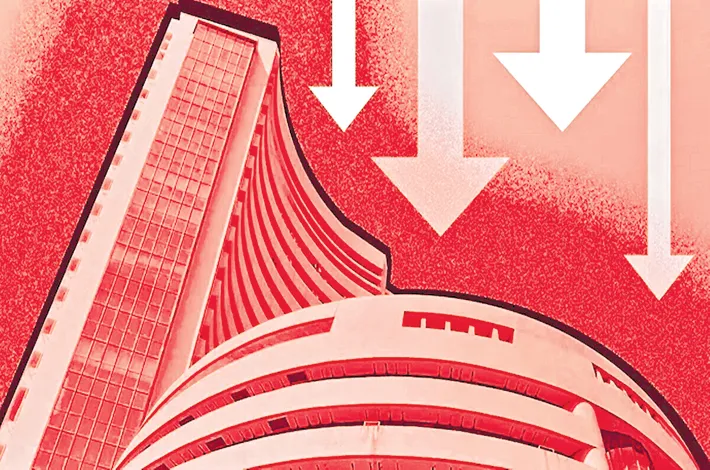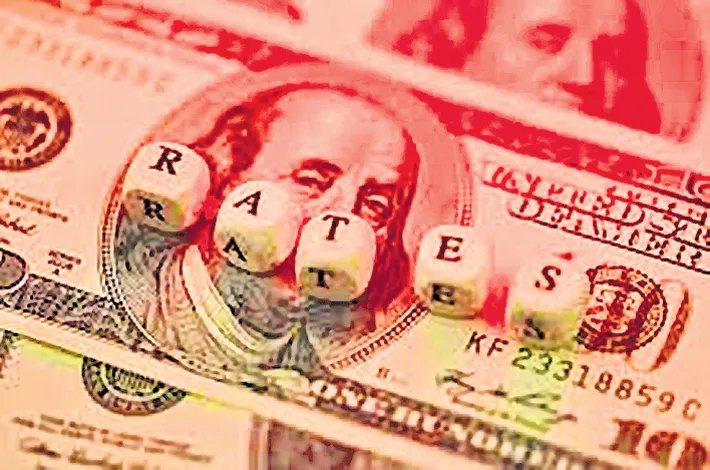Is Deflation inflated?
22-11-2025 12:00:00 AM

The headline Consumer Price Index (CPI) inflation in October 2025 is reported as lowest ever at 0.25%. This marks the lowest year-on-year reading in the current CPI series, which began in 2012, surpassing previous troughs and signaling a rare deflationary episode in India's retail prices.
The key reasons are multifaceted: strategic GST reductions implemented in late September, which fully impacted October data; strengthened supply chains bolstered by robust kharif harvests and improved logistics; and favorable weather conditions, including a bountiful southwest monsoon that enhanced agricultural yields. Additionally, a favorable base effect from elevated prices a year ago amplified the year-on-year decline.
The CPI inflation target for the Reserve Bank of India (RBI) remains anchored at 4%, with a tolerance band of plus or minus 2%, as reaffirmed in recent monetary policy reviews. This framework, established under the Flexible Inflation Targeting regime since 2016, prioritizes price stability to foster sustainable growth. Until 2013, the inflation target relied on the Wholesale Price Index (WPI), which focused on producer-level costs but often diverged from consumer experiences.
The shift to CPI better captures household realities, including services and retail dynamics. Price data are collected through an expansive network across India, encompassing 1,181 villages and 1,114 urban markets, ensuring broad geographical representation via monthly surveys of over 300,000 price quotes. As per official numbers from the Ministry of Statistics and Program Implementation (MoSPI), vegetable prices in urban areas plummeted by 28% in October 2025 compared to October 2024, while the combined urban-rural deflation stood at -27.57%—the steepest since January 2015 in the 2012 base year series.
Food and beverages constitute 54% of the CPI basket weight although the basket does include education, health, transport, and communication. Usually on the top of inflation are tomato, onion and potato termed as TOP inflation. For the deflation of 27.57%, Tomatoes contributed -43%, Onions contributed -54%, and Potatoes contributed -37%. Oils are the only items to touch inflation of 12%. It is not unusual for the vegetables to see extreme inflation swings.
Lower inflation levels prevail when bumper harvests are experienced.
Lower inflation levels prevail during bumper harvests, like the one in 2025, where rabi crop prospects and reservoir levels at 85% capacity further cushioned supplies.India had atypical incidents such as 40% inflation during 1940s due to world war disruptions and deflation of 12.5% in 1952-53.
Instances also include WPI being negative while CPI rose above 5% with a difference of close to 8% in year 2015 between the two indices. At least, now the WPI and CPI are in same direction. There could be lags in information collection or quasi wholesale markets would have got included in the retail category for data collection, truly prices may vary from location to location due to higher transport and carry costs.
There are few apprehensions about October 2025 inflation being lowest ever at 0.25%. This is because local prices in several micro markets have not seen significant decline in the price levels. The CPI basket is scheduled for revision from 1st quarter of 2026. The base year will also change from 2012 to 2024. The present CPI basket has 40 services and 259 goods.
This basket of 299 items will expand to 407 items to capture comprehensive cost impact. The revision will include newer items such as digital and health technologies, processed food, and emerging services. Further, the revision will reflect relatively lower spending on food and increased spending on non-food items and other services.
The CPI inflation baskets of most of the countries do not have gold and silver whereas in India they carry 1.1% weight which make significant difference. For instance, in October 2025, gold inflation was 58% and silver inflation was 62%. These are investment assets and not consumption items. Also, items such as airfare and four wheelers etc are more suitable for developed countries than for India.
Dr. Kishore Nuthalapati - CFO BEKEM Infra Projects Pvt Ltd, Hyd.








